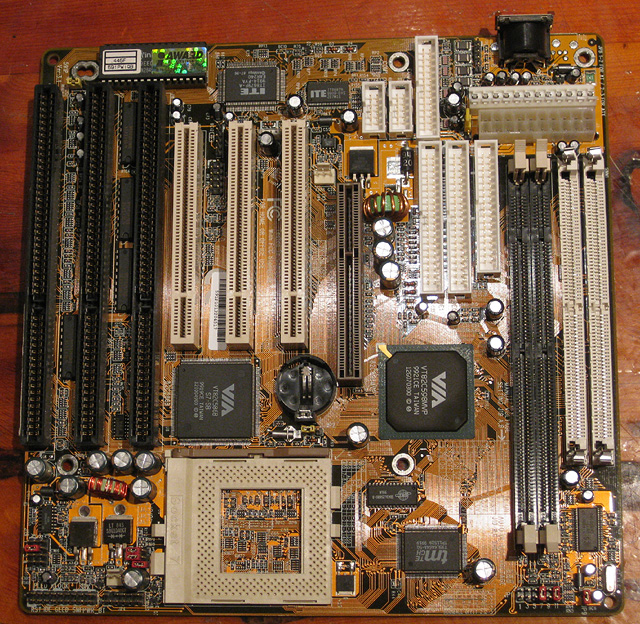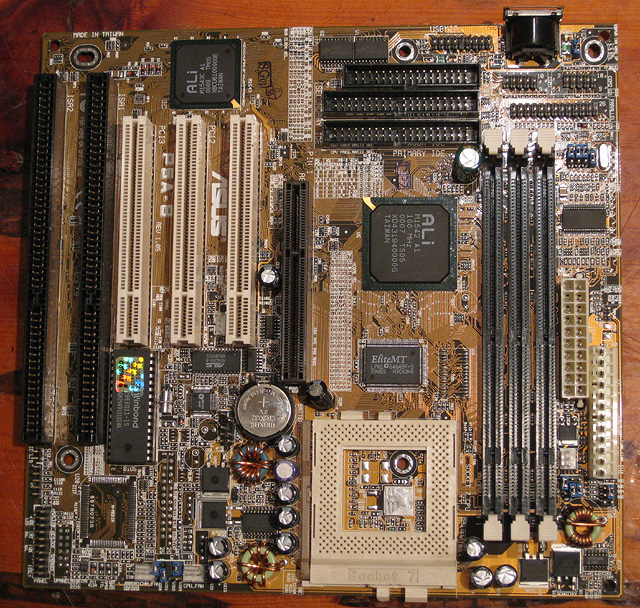First post, by feipoa
- Rank
- l33t++
Does anyone have any practical testing experience with an ALi Aladdin V and a VIA MVP3 chipset motherboard? How did they compare in the long and short term for stability, bus mastering, and AGP robustness?
The main issues I see from online reading is that a lot of the VIA MVP3 boards were heavily reliant on the motherboard maker using very fast cache for proper operation at 100 MHz. You typically want to find a board with 2 MB of L2 cache to be able to cache up to 512 MB of RAM, but many of them only have 512 KB L2 cache (128 MB cacheable limit) or 1 MB L2 cache (256 MB cacheable limit). The ALi chipsetted boards have the L2 TAG RAM cache built into the chipset so the speed and quality of external cache wasn't as problematic. The ALi boards can theoretically cache up to 1 GB of RAM for 1024 KB L2 cache, or 512 MB of RAM for 512 KB L2 cache. This is about 4x more cacheable RAM area for the same KB of cache.
I have attached a PDF from sources gathered online which summarise the differences between the two chipsets. The online sources are referenced in the PDF; none of the writing is my own.
I am interested in knowing what experience users have had with these two boards, particularly with the ALi ALaddin V boards using non-AMD K6+ processors. I generally have not had the best of luck with VIA super7 boards in the past but have hopes for the ALi Aladdin V running a Cyrix MII at 300 MHz and using 256 or 512 MB of cached SDRAM.
While the Intel 430TX is a decent chipset, it suffers mainly from the inability to cache more than 64 MB of RAM. So it is impractical with running W2K or WinXP. While the AMD K6+ CPUs have full-speed L2 cache onboard, they are too modern for my hobbyist taste. The ability to use AGP in a super7 is also an added bonus.
Any relayed testing experience with these two chipsets would be greatly appreciated.
Plan your life wisely, you'll be dead before you know it.



